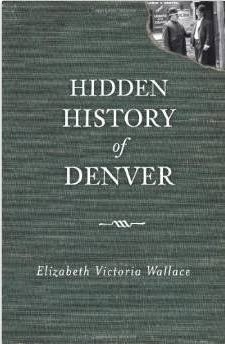
Photo courtesy: David Lentell
Travelling around Ireland, David Lentell took many photographs of green pillar boxes. Although the same shape as pillar boxes in England, many boxes in Ireland are painted green rather than the customary cherry red colour seen in England. I believe the colour change took place after the Irish independence in 1922. The pillar box shown in the photograph displays the emblem of the reigning monarch, Queen Victoria.
We owe the concept of the pillar box to Anthony Trollope. Following is an excerpt from Christmas Past in Essex ISNB #9780752444635 by Elizabeth Wallace.
As an adult, he worked as a teacher but then took a position at the Post Office. He quickly gained prestige within that organisation and in 1841, was sent to Ireland where he met and married Rose Heseltine. A happy family life and his new position as Post Office Inspector seem to have agreed with Anthony. He is credited by the postal service for the invention of the pillar box. Over the years, more than 156 designs of the pillar box were manufactured, often with the initials of the reigning monarch. In 1840, the Penny Black made its debut. It was the first stamp to have an image of a monarch, Queen Victoria, and also the first stamp to have an adhesive.
Travelling around Ireland, David Lentell took many photographs of green pillar boxes. Although the same shape as pillar boxes in England, many boxes in Ireland are painted green rather than the customary cherry red colour seen in England. I believe the colour change took place after the Irish independence in 1922. The pillar box shown in the photograph displays the emblem of the reigning monarch, Queen Victoria.
We owe the concept of the pillar box to Anthony Trollope. Following is an excerpt from Christmas Past in Essex ISNB #9780752444635 by Elizabeth Wallace.
As an adult, he worked as a teacher but then took a position at the Post Office. He quickly gained prestige within that organisation and in 1841, was sent to Ireland where he met and married Rose Heseltine. A happy family life and his new position as Post Office Inspector seem to have agreed with Anthony. He is credited by the postal service for the invention of the pillar box. Over the years, more than 156 designs of the pillar box were manufactured, often with the initials of the reigning monarch. In 1840, the Penny Black made its debut. It was the first stamp to have an image of a monarch, Queen Victoria, and also the first stamp to have an adhesive.



